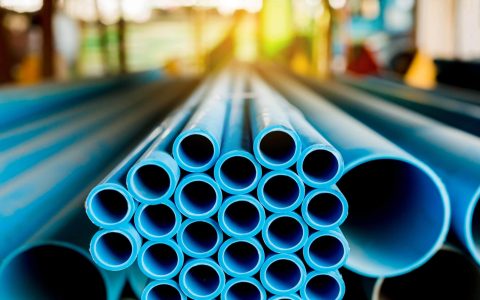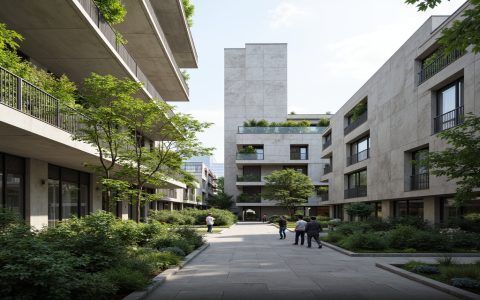Selecting optimal pipe housing requires precise consideration of environmental, mechanical, and chemical factors. Focus on these core principles:
Material Compatibility
- Environmental Exposure: Match housing material to operating conditions. Use stainless steel (316L grade recommended) for high corrosion/chloride exposure. HDPE excels in chemical resistance for non-pressurized applications.
- Fluid Chemistry: Verify chemical compatibility charts for housing material against conveyed fluids. PVC-U is unsuitable for hydrocarbons; CPVC resists acids but not solvents.
- Galvanic Risk: Insulate dissimilar metals (e.g., steel pipes in aluminum housings) using dielectric bushings or sleeves to prevent electrochemical corrosion.
Mechanical & Thermal Integrity
- Pressure & Vacuum Ratings: Ensure housing burst pressure exceeds system maximum operating pressure (MOP) by at least 1.5x. Account for potential water hammer or surge pressures.
- Thermal Expansion: Calculate differential expansion rates between pipe and housing materials. For every 10°C temperature change, carbon steel expands ~1.2mm/m; compensate with expansion joints in rigid housings.
- Load Tolerance: Verify compressive strength (ASTM D1621/D3574 for foams) when buried. Use reinforced polymer or ductile iron for >1m soil cover or traffic loads.
Design & Installation Criticals
- Seal Effectiveness: Employ multi-lip dynamic seals (FKM/NBR materials) for moving pipes. Static seals require compression set resistance per ASTM D395 testing.
- Annular Space: Maintain 15-20mm clearance around pipe. Backfill flexible housings (e.g., polyethylene) with controlled density fill (CDF) to prevent collapse.
- Accessibility: Include inspection ports spaced ≤3m apart for corrosion monitoring or leak detection in critical service lines.
Precision Fit Checklist: Validate housing ID exceeds pipe OD by thermal growth + 3mm tolerance. Conduct FEA stress analysis for cyclic thermal/pressure services. Mandatory inspection: Dye-penetrant testing on metallic housing welds, hydrostatic testing at 1.3x MOP pre-commissioning.







